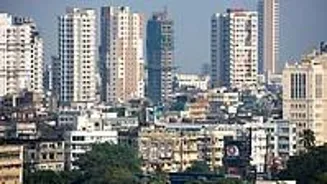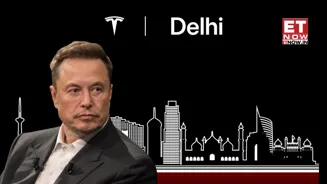Housing is more than shelter; it is a foundation for dignity and opportunity. Maharashtra’s new Housing Policy 2025 aims to address a critical housing shortage with the ambitious goal of building 35 lakh
affordable homes in five years and 50 lakh in a decade, backed by Rs70,000 crore investment.
The policy’s vision, ‘My House, My Right’, embraces affordability, social inclusion, sustainability, and resilience, striving to make Maharashtra slum-free through accelerated redevelopment. A key feature is reserving 10-30% of Maharashtra Industrial Development Corporation (MIDC) land for affordable housing, promoting integrated walk-to-work townships to reduce urban sprawl and improve access to jobs. Incentives like tax benefits, higher Floor Space Index (FSI), and stamp duty reductions aim to attract private developers, while special schemes target vulnerable groups such as women, senior citizens, and industrial workers.
The establishment of a State Housing Information Portal (SHIP) promises transparency and data-driven monitoring to enhance accountability. Maharashtra faces an acute housing deficit, with over 52 lakh people living in Mumbai slums alone. The policy addresses this via green-field developments (new townships), brown-field redevelopment (slums, chawls), and affordable rental housing for migrants and students. Empowering cooperative societies through a SelfRedevelopment Cell aims to speed up redevelopment of aging buildings while protecting residents’ rights.
However, there are significant challenges
Land Scarcity and Costs: Despite MIDC land reservations, acquiring affordable land faces high costs, litigation, and resistance. Without streamlined land acquisition and curbing speculative practices, affordable housing risks remaining out of reach.
Financing Constraints: Mobilising Rs70,000 crore is challenging in a low-margin sector. Without strong financial instruments like interest subsidies and housing bonds, private participation may falter.
Implementation Bottlenecks: Past Slum Rehabilitation Authority (SRA) projects reveal delays, legal disputes, and incomplete construction. Robust enforcement and clear timelines are necessary to avoid repetition.
Urban Planning Gaps: Housing alone cannot solve urban problems without integrated infrastructure for transport, sanitation, and social services to support liveable communities.
Climate Resilience: Maharashtra faces floods and heat waves, yet the policy’s climate strategy lacks depth. Disaster-proof, green building designs must be central.
Socio-Economic Challenges: Rural-urban migration and slow redevelopment of old structures worsen housing stress. Pavement dwellers and informal tenants often remain excluded without inclusive eligibility and rehabilitation.
Recommendations
1. Strengthen land management with GIS-based land banks and curb speculation.
2. Enhance financing through public-private partnerships and affordable credit access.
3. Simplify approvals via single-window clearance and enforce strict timelines.
4. Mandate climate-resilient, green construction practices. n Integrate housing with social infrastructure and promote mixed-income communities.
5. Fully operationalise SHIP and involve civil society in monitoring.
Conclusion
The policy represents a crucial opportunity to address one of India’s most urgent urban challenges. Success depends on political will, institutional reform, and citizen engagement. If implemented effectively, it could transform lives by delivering dignity, stability, and hope to millions, turning the promise of ‘My House, My Right’ into reality.
(The writer is an expert on housing policies)















